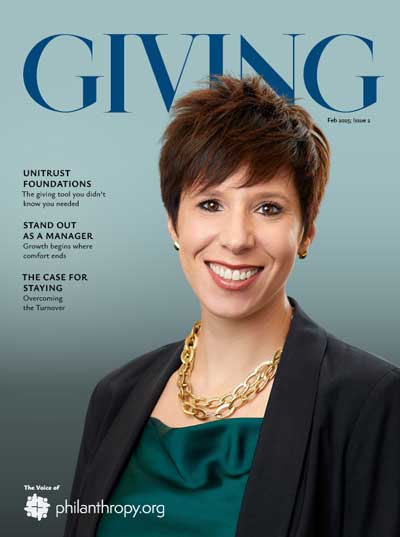“If you’re the turkey, Thanksgiving is a Black Swan. If you’re the butcher, it’s just Thursday.”
Most nonprofits are turkeys. Not because they’re incompetent, but because they’ve been trained to operate in environments where good intentions are treated like strategy, and fragility is mistaken for virtue.
Meanwhile, the world is full of butchers—economic shocks, political reversals, media storms, donor fatigue, and sudden shifts in public sentiment. And when they show up, most nonprofits don’t respond—they react.
Let’s get to the real reason why so many are unprepared for disruption.
What Is a Black Swan?
Nassim Nicholas Taleb defines a Black Swan as an unpredictable event with massive consequences that, after the fact, is explained away as if it were foreseeable.
It’s not just a surprise—it’s a test. And most nonprofits fail it. Not because they didn’t see it coming, but because they weren’t built to withstand it.
The turkey is shocked by Thanksgiving. The butcher has it on the calendar.
Most nonprofits are shocked because they assume the future will resemble the past. They rely on repeat grants, feel-good events, and policy stability—right up until everything changes.
Reacting vs. Responding
There’s a difference between reacting and responding.
Reacting is emotional, driven by fear and urgency. Responding is intentional, guided by principle and long-term thinking.
Too many nonprofit cultures are based on a state of constant reaction—launching emergency appeals, chasing headlines, switching messaging every election cycle. This is not leadership. It’s organizational panic dressed up as productivity.
Why the Sector Is Fragile by Design
It’s not just a few nonprofits making bad decisions. The entire structure incentivizes short-termism and compliance.
Here’s the hard truth:
-
- The nonprofit legal structure was created by the government to encourage charity, not to build robust institutions. It limits risk-taking, discourages surplus, and punishes boldness under the banner of public accountability.
-
- Boards often prioritize optics over resilience. As a result, leadership is taught to appease, not to prepare.
-
- Funders reward crisis narratives and measurable need—not strength or independence. The incentive is to look vulnerable, not visionary.
-
- Hiring tends to favor harmony over hard-headed realism. Maintaining a nonprofit’s culture is one thing, but when everyone thinks the same way, no one sees the cliff coming.
-
- Metrics are built for public relations, not long-term survival. The number of Instagram likes becomes more important than the depth of your donor relationships.
This isn’t about politics—it’s about structure. But yes, these patterns tend to thrive in environments that reward deference and punish dissent.
The Trump Black Swan
Say what you will about Donald Trump—and many did, loudly and often—but his presidency functioned as a nonprofit-sector Black Swan. Not because he did something truly unpredictable (his candidacy was the warning), but because the sector never imagined that someone outside their ideological comfort zone could win. That blindness was the real shock.
The Trump era exposed just how brittle many organizations had become. Overnight, their messaging collapsed, their donor pipelines shifted, and their assumptions about cultural dominance turned out to be just that—assumptions. In many cases, they stopped serving their missions and instead redirected all energy toward resistance theater. It raised money, but not much else.
To be clear: Trump didn’t break the nonprofit sector. He revealed how easily it breaks.
How to Become Antifragile
You don’t need to predict the next Black Swan. You need to stop being a turkey. Here’s how:
-
- Build long-term donor relationships that aren’t dependent on panic.
-
- Prioritize planned giving and endowment strategies—those invisible pillars that keep institutions standing when the storm hits.
-
- Hire people who can challenge the status quo, not just maintain it.
-
- Stop outsourcing your vision to cultural consensus or Twitter trends.
-
- Build for durability, not visibility.
Don’t just weather the next crisis. Position your organization to absorb it, grow from it, and emerge with greater trust, not more hashtags.
Closing Thought
Another Black Swan is coming. It always is.
Some nonprofits will scramble for relevance. Others will respond with clarity and strength.
The difference won’t be luck. It will be structure, mindset, and leadership.
So ask yourself: Are you building a resilient institution—or fattening the turkey for someone else’s feast?






